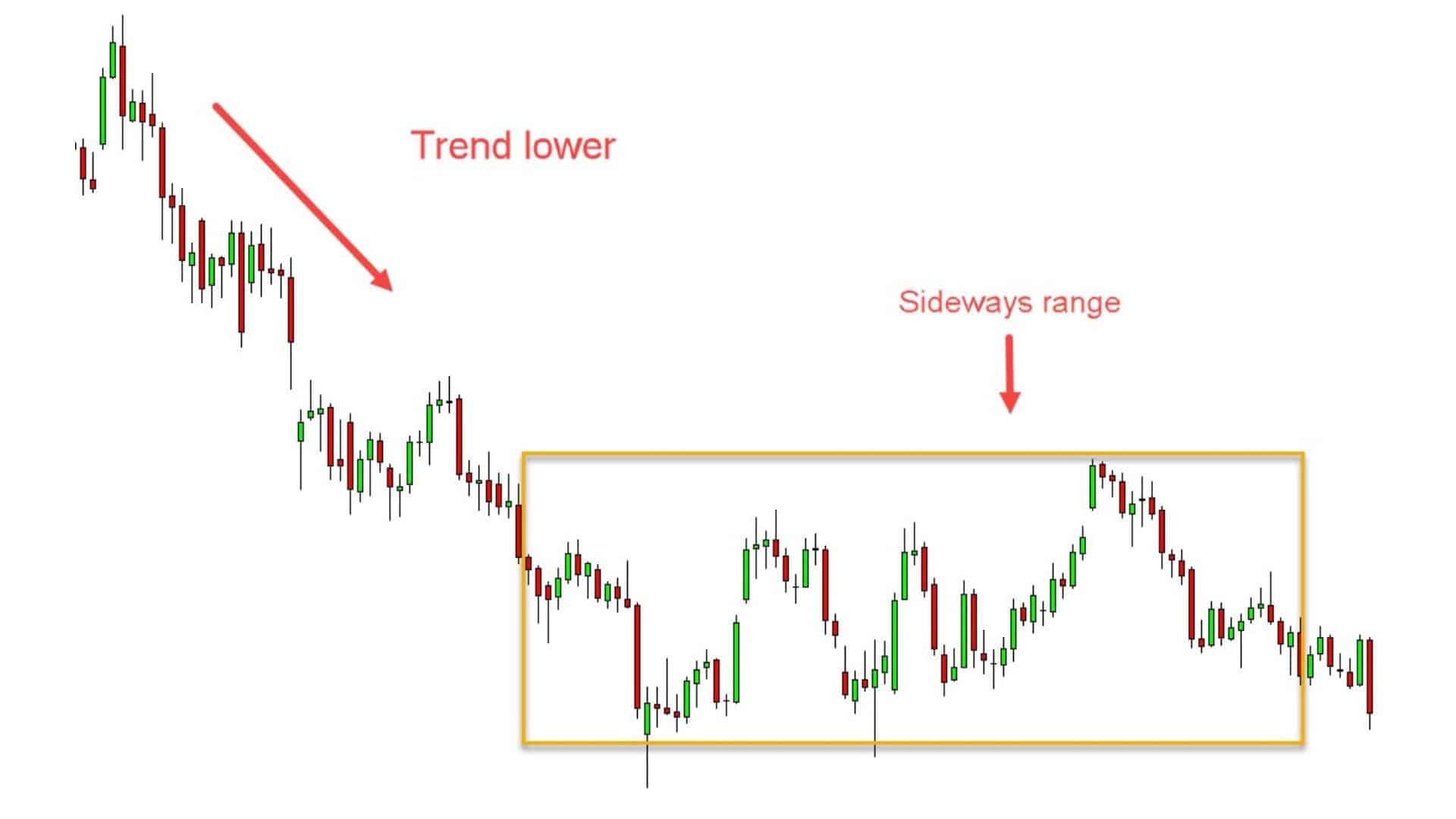In the dynamic world of forex trading, understanding market trends is crucial for success. One particular market condition that traders often encounter is a ranging market, where the price of a currency pair fluctuates within a defined range without any significant upward or downward trend. Recognizing and navigating ranging markets effectively can help traders make informed decisions and potentially profit from sideways price action.

Image: kumeyuroj.web.fc2.com
Defining a Ranging Market: When Price Moves Sideways
A ranging market is characterized by the price of a currency pair moving within a relatively narrow band for an extended period. Unlike trending markets, where the price moves in a sustained upward or downward direction, ranging markets exhibit a lack of clear momentum, with price fluctuations occurring within defined support and resistance levels. Traders often identify ranging markets when the price action creates two horizontal lines representing price highs (resistance) and lows (support).
Understanding the significance of ranging markets lies in their potential impact on trading strategies. While trending markets offer opportunities for substantial gains through directional trading, ranging markets require a different approach. Recognizing and adapting to sideways price movements can help traders avoid costly mistakes and identify potential trading opportunities within the defined range.
Characteristics and Dynamics of Ranging Markets
Ranging markets typically exhibit the following characteristics:
Limited Price Movement: Prices fluctuate within a defined range, with limited movement above resistance or below support.
Horizontal Support and Resistance Levels: The upper and lower boundaries of the range act as support and resistance levels, preventing significant price breakouts.
Low Volatility: Ranging markets often have lower volatility compared to trending markets, as the price movement is confined within a narrow band.
Absence of Clear Trend: Unlike trending markets, ranging markets lack a sustained upward or downward trend, resulting in sideways price action.
Trading Range Duration: The duration of ranging markets can vary from a few days to several months, depending on market conditions and the underlying forces affecting the currency pair.
Trading Strategies for Ranging Markets: Navigating Sideways Movement
While trending markets offer opportunities for directional trading, ranging markets necessitate different strategies to capitalize on sideways price action. Some common trading strategies for ranging markets include:
Range Trading: Traders can place buy and sell orders near support and resistance levels, aiming to profit from price fluctuations within the defined range.
Breakout Trading: Traders can look for false breakouts or anticipate genuine breakouts, attempting to profit from potential price trends when the range is breached.
Volatility Trading: In low-volatility ranging markets, traders can employ options or other strategies to benefit from potential increases in volatility.
Hedging: Ranging markets can provide opportunities for hedging positions, as the lack of a clear trend reduces the risk of substantial losses.

Image: learnpriceaction.com
Factors Influencing Ranging Markets: Identifying Market Drivers
Various factors can contribute to the formation of ranging markets, including:
Economic and Political Uncertainty: Market uncertainty can lead to cautious investor behavior, resulting in sideways price movements.
Central Bank Policies: Monetary policy decisions and interest rate changes can impact currency valuations, affecting market sentiment and range formation.
Seasonal Factors: Certain times of the year or market events, such as holidays or earnings seasons, can lead to lower trading activity and result in ranging conditions.
Market Manipulation: In some cases, market participants may engage in manipulative practices to maintain a range-bound market environment.
What Is A Ranging Market In Forex
https://youtube.com/watch?v=FcbvRJDOxVs
Conclusion: Mastering Ranging Markets for Trading Success
Understanding ranging markets is essential for successful forex trading. By recognizing the characteristics and dynamics of sideways price movements, traders can adjust their strategies accordingly. Range trading, breakout trading, volatility trading, and hedging are just a few of the techniques that traders can employ to navigate ranging markets and potentially profit from price fluctuations within a defined range. By carefully analyzing market conditions and employing appropriate strategies, traders can increase their chances of success in both trending and ranging market environments.






